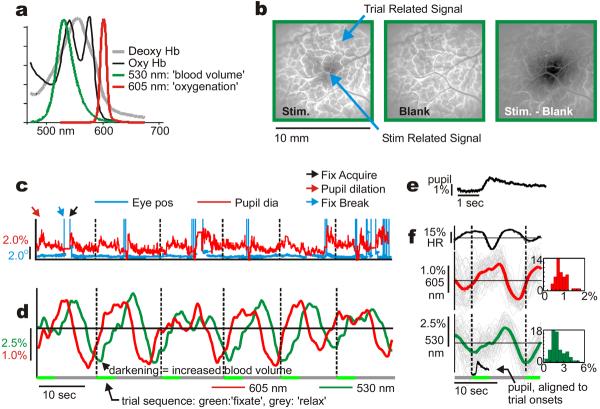Fig 1. Periodic fixation tasks evoke stimulus-independent, trial-linked signals even in the dark.
a: Normalized emission spectra of the 2 illumination sources (LEDs), superimposed on in vitro absorbance spectra for deoxy- and oxyhæmoglobin10 (units: 104 cm−1/M). b: ‘Stim’: V1 ‘blood volume’ response to small, brief visual stimulus presented during periodic fixation trials. ‘Blank’: Signal in trial with no visual stimulus. ‘Stim-Blank’: stimulus-specific response. c: Eye position and pupil diameter (% of mean), consecutive trials. (Vertical dashed lines: trial onsets. Note pupil dilation, fix break, fix acquire, shown for first trial). Scales colour-coded. d: Cortical signals, colour-coded by imaging wavelength. e, f: Trial-triggered averages. (grey lines: individual trials; thick lines: mean, +/− SEM, n=51: 605 nm: mean peak-to-peak amplitude: 1.19% +/− 0.08; 530 nm: 3.47% +/− 0.21). Population histograms: 605 nm: mean=0.86%, std=0.29, N=47 experiments. 530 nm: mean=2.17%, std=0.97, N=66.

